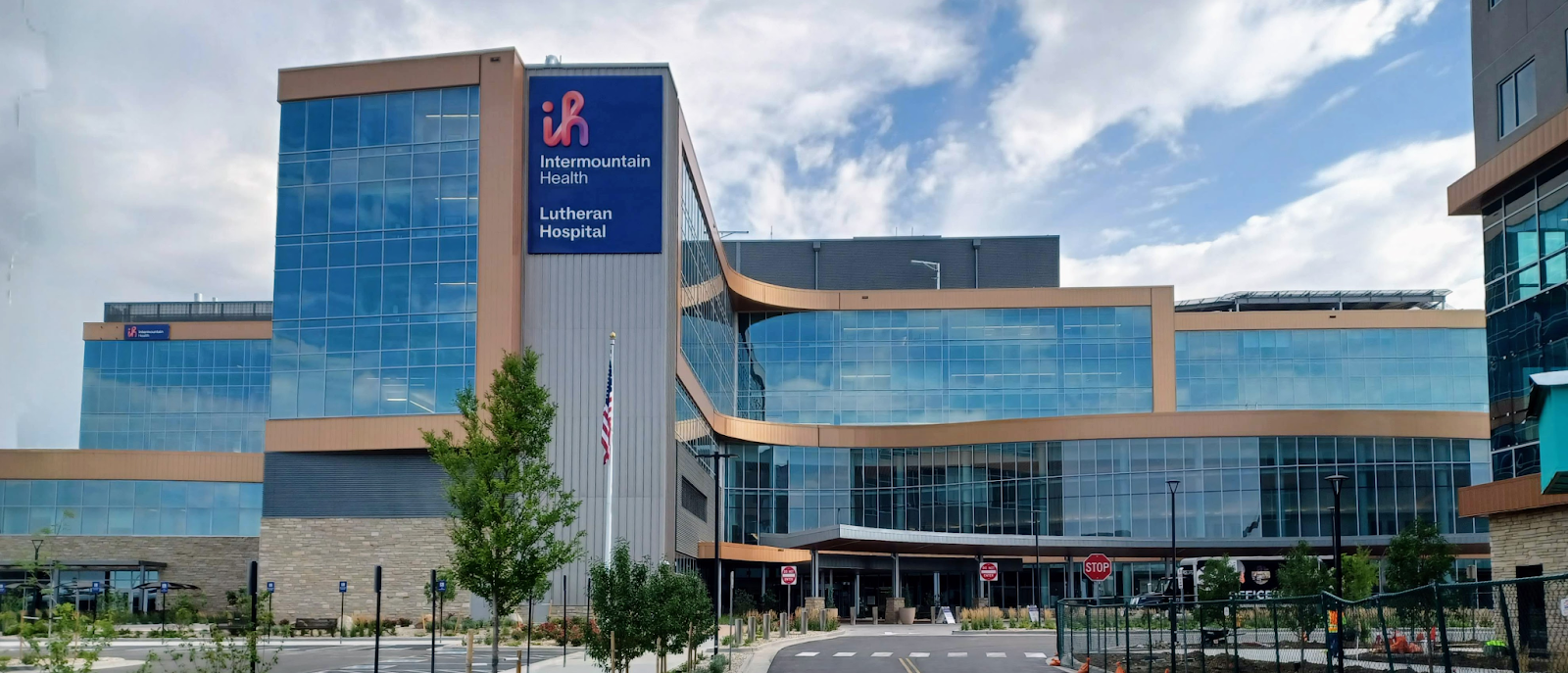Running a Successful Hybrid Big Room
Denver-area replacement hospital
Background
As part of a strategic projects program, the Owner began work on a 300-bed replacement hospital at the height of the pandemic. We were challenged by the owner to coach lean practices including LPS, TVD, Choosing By Advantages , and Big Room Facilitation despite the constraints of work-from-home and travel restrictions.
Obstacle
The coaching team was forced to answer a difficult question: How do you perform explicitly in-person activities, like pull planning, in a completely virtual setting? Furthermore, how do you build the connections inherent to colocation that lead to collaboration and innovation while operating in a virtual or hybrid setting?
Approach
The coaching team saw an opportunity to deploy a systems thinking approach to the virtual Big Room, building on standard industry tools but offered in a bespoke manner to the project team and the way they wished to operate. In addition to clear processes, this called for a focus on automation as a way to remove barriers to participation among the team. A key aspect to support the Big Room was adoption of a “single source of truth” philosophy that included the following strategies:
- Used Google Suite for easy, free, secure document and data sharing in a cloud-based environment that allowed for easy linking between apps optimized for work in a shared, virtual environment.
- Hosted Big Room content in Google Slides with linked content from cluster leads, project leadership, and project controls. Teammates could update their materials up until the moment their slides came up in the Big Room meeting,
- Developed and facilitated an integrated commitment tracking and pull planning system used across all cluster groups with automated reporting to the Big Room slides. The shared log offered metrics for the overall team while providing filtered data views of cluster group performance.
- Maintained a central A3 Log with linked templated A3 documents with automated reporting to the Big Room slides. An automated feature linked individual A3 status to the A3 log for easy review by the project team.
Result
The project team used the virtual pull planning method to complete work on over 20 pull plans of various work streams during design and preconstruction with more than 2,000 complete commitments. All incremental design packages were submitted on or ahead of schedule and construction was completed on time with First Patient 2024 Q3.
Lessons Learned
Virtual project delivery requires special considerations and deliberate planning.
Be flexible with hybrid solutions. On average through design and preconstruction, half of meeting attendees were virtual, based both on COVID restrictions and leveraging project support from around the country. At first it was difficult to include virtual stakeholders into an in-person activities like a pull planning workshop. We worked to develop a sound processes balanced for both in-person and virtual participation as restrictions were lifted.
Recommendation: Develop virtual tools and processes that stakeholders will use, even when gathered in person.
There is more than one way to do things. We responded to plus/delta feedback about a lean learning segment that was successful for people in the room and dreadful for folks attending virtually. In some cases we made adjustments to make training more equitable between in-person and online. In other cases we deployed two coaches, one for in the room and one hosting online, and even developed different activities that were optimized to the audience, but which sought to achieve the same outcome.
Recommendation: Distill tools and processes to their essence and rebuild the right process to achieve results.
Quality will prevail. Traditionally, virtual access has been a small window into a meeting that is firmly grounded in-person. By elevating the quality of experience for the remote attendee, the bandwidth and capacity of the team is enriched without incurring the cost and burden of travel.
Recommendation: As part of the post-COVID new normal, keep virtual tools as a key part of building effective project teams.
